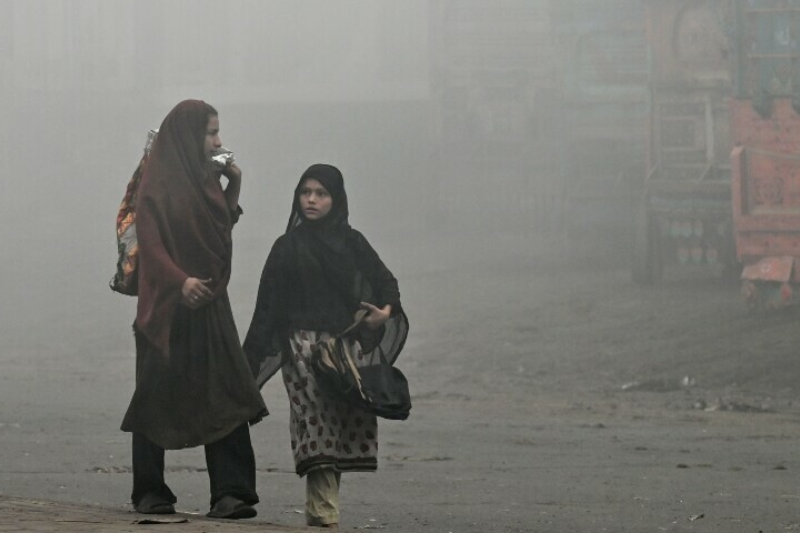
UNICEF Warns: Toxic Smog in Punjab Puts Millions of Children at Risk
As smog continues to blanket Punjab province I am deeply worried about young children breathing in toxic air. Over 11 million children under five are exposed to the heavy smog in the most affected areas.
This past week, air pollution levels in cities like Lahore and Multan reached alarming highs, with pollution levels more than 100 times over the World Health Organization’s guidelines. Hundreds have been hospitalized, including many children, and the thick pollution is even visible from space.
Keep Reading
Even before these record-breaking pollution levels, about 12 percent of deaths among children under five in Pakistan were linked to air pollution. The impact of this year’s severe smog may take time to fully understand, but with pollution levels doubling and tripling, the effects will be devastating, especially for young children and pregnant women.
Children are particularly vulnerable to polluted air because of their small lungs and developing immune systems. They breathe twice as fast as adults, taking in more polluted air, which increases their risk of life-threatening respiratory diseases. Air pollution also threatens brain development in babies, leading to lifelong setbacks. For pregnant women, breathing polluted air increases the risk of early births. It can also cause breathing problems and lead to babies with low birth weight.
In response, schools in smog-hit areas are closed until mid-November to shield children from the polluted air. This has disrupted the education of nearly 16 million children in Punjab. With 26.2 million children already out of school in Pakistan, further losses in learning are a heavy blow to the country.
Every child deserves clean air. UNICEF said Government of Pakistan to protect children’s health and education. We are supporting awareness campaigns and working with the Government of Punjab to address this crisis, advocating for emissions reduction and sustainable energy.
Cutting emissions from agriculture, industry, and transportation is critical to protecting children’s health now. We call on the authorities to enforce and strengthen emissions regulations for lasting impact.
The COP29 summit is an opportunity to turn commitments into real climate action. We can’t let children continue to suffer from toxic air. For the health, education, and future of our children, we must act now.




